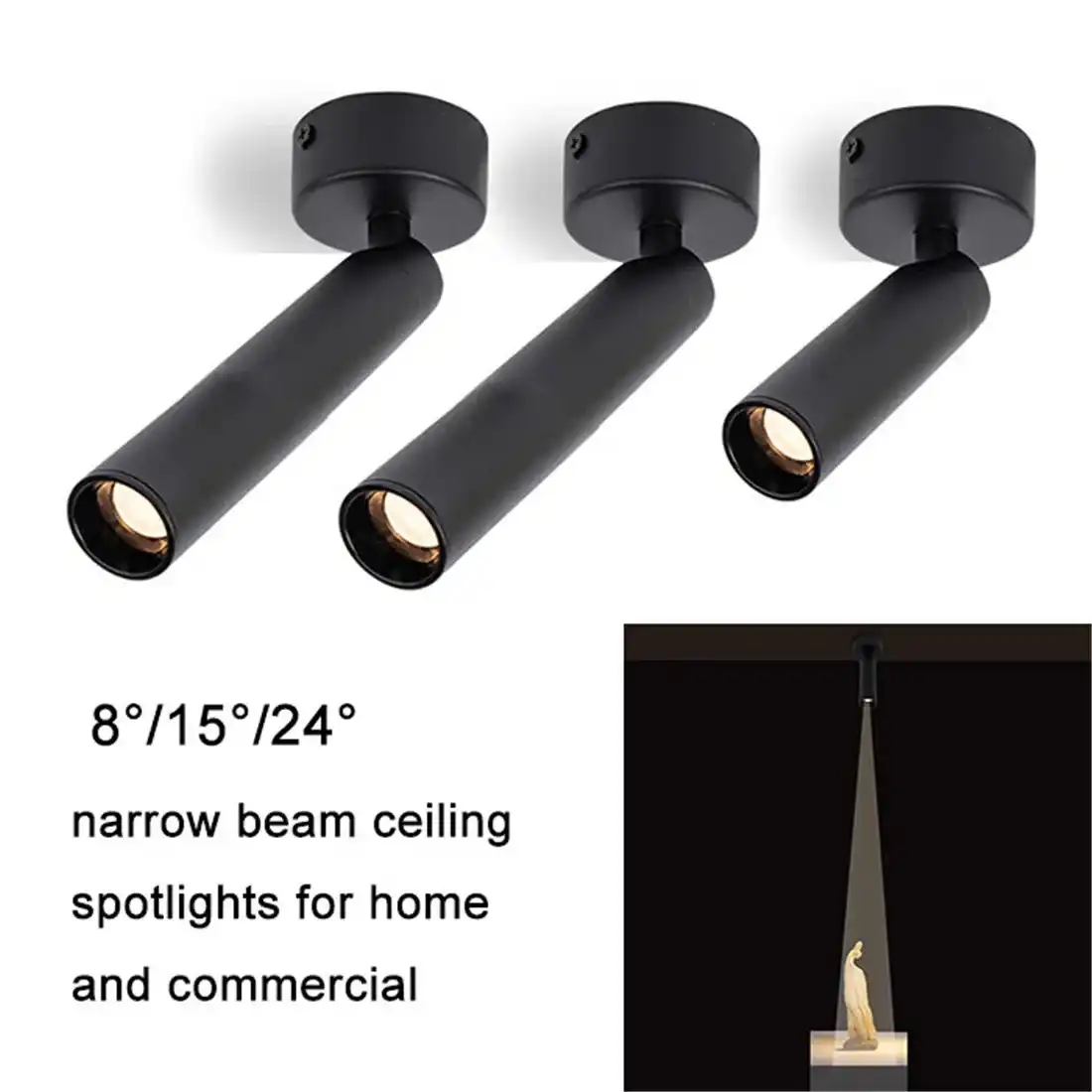Types of Cabinet Lights and Their Installation Requirements
Battery-Operated Cabinet Lights
Battery-operated cabinet lights are among the most user-friendly options available. These fixtures are completely wireless, eliminating the need for complex wiring or electrical knowledge. Installation is typically as simple as adhering the light to the desired location using included adhesive strips or mounting brackets. The main advantage of battery-operated lights is their flexibility – they can be placed anywhere within your cabinets without concern for outlet proximity. However, the trade-off is the need for periodic battery replacement or recharging.
Plug-In Cabinet Lights
Plug-in cabinet lights offer a balance between ease of installation and consistent power supply. These lights come with a cord that plugs into a standard electrical outlet, providing a steady source of illumination without the need for battery changes. Installation usually involves mounting the lights using screws or adhesive, then running the cord to the nearest outlet. While slightly more involved than battery-operated options, plug-in lights still don't require specialized electrical knowledge to install. The main consideration is ensuring there's an available outlet within reach of the light's cord.
Hardwired Cabinet Lights
Hardwired cabinet lights are directly connected to your home's electrical system, providing a clean, cord-free look and eliminating the need for visible plugs or batteries. However, this type of installation is more complex and typically requires the expertise of a licensed electrician. The process involves running wires through walls or ceilings, connecting to existing circuits, and ensuring all work complies with local electrical codes. While hardwired lights offer a sleek, integrated appearance, they're the most involved option in terms of installation and are not suitable for DIY unless you have significant electrical experience.
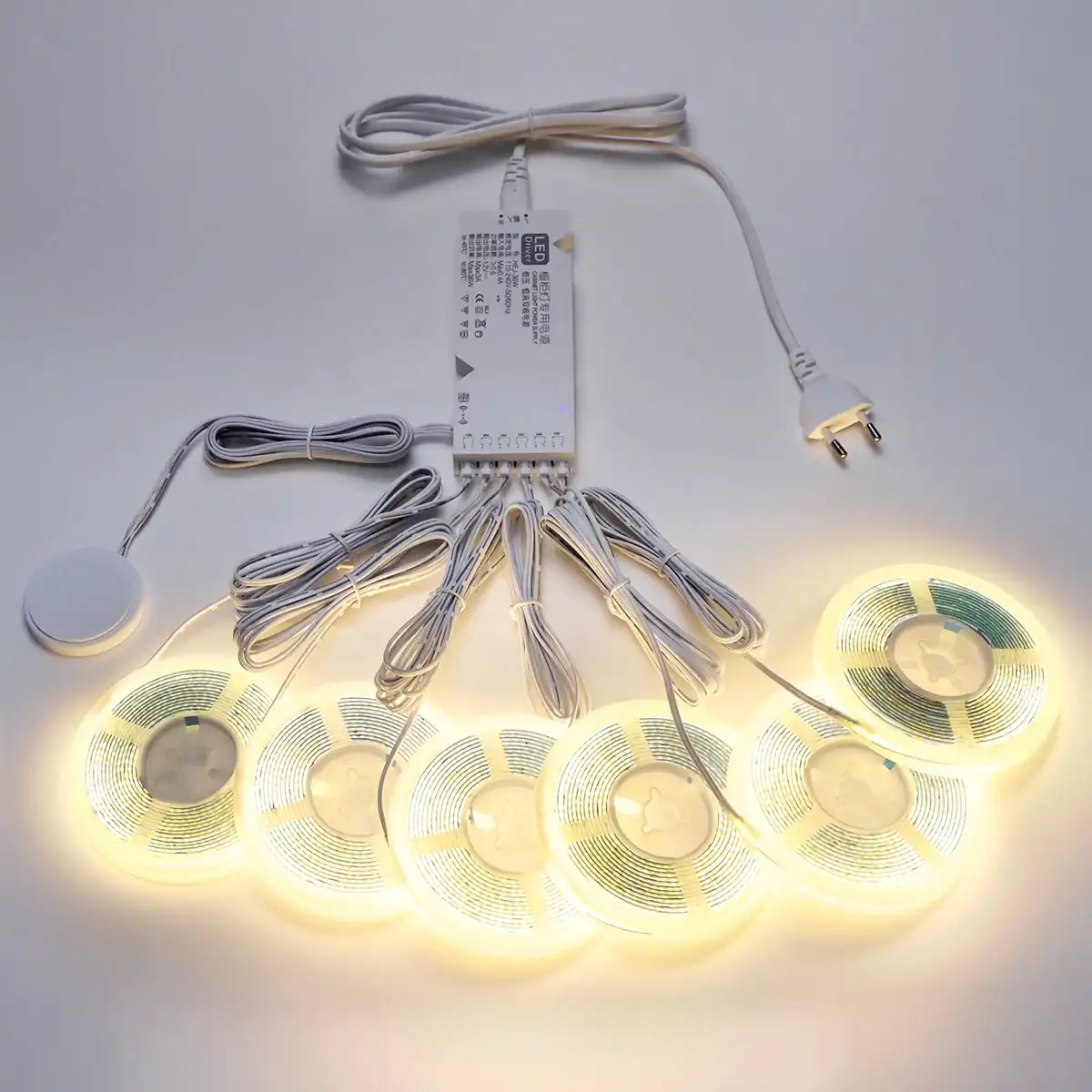
Factors to Consider When Choosing Cabinet Lights
Illumination Needs
When selecting cabinet lights, it's crucial to consider your specific illumination needs. Task lighting for food preparation areas may require brighter, more focused light, while ambient lighting for display cabinets might call for a softer, more diffused glow. LED cabinet lights are particularly versatile, offering a range of color temperatures and brightness levels to suit various needs. Some advanced LED systems even allow for color temperature adjustments, enabling you to switch between warm and cool light as desired.
Energy Efficiency
Energy efficiency is another important factor to consider when choosing cabinet lights. LED lights are the frontrunners in this regard, consuming significantly less power than traditional incandescent or fluorescent options. For instance, USKYLED's LED cabinet lights boast an impressive luminous flux of 110LM/W, ensuring bright illumination with minimal energy consumption. This efficiency not only reduces electricity bills but also contributes to a more environmentally friendly home.
Durability and Lifespan
The longevity of your cabinet lights is an important consideration, especially if you're opting for hardwired or difficult-to-access installations. LED lights generally offer superior durability and lifespan compared to other lighting technologies. Many high-quality LED cabinet lights, including those offered by USKYLED, have a life expectancy of 50,000 to 80,000 hours. This translates to years of reliable service, reducing the frequency of replacements and associated costs.
Aesthetics and Design
The visual impact of cabinet lights extends beyond their illumination. The fixtures themselves should complement your cabinet design and overall kitchen or room aesthetics. Many modern cabinet lights feature slim profiles and sleek finishes that can blend seamlessly with various decor styles. Some lights, like those made with die-cast aluminum, offer both durability and a premium look. Consider factors such as the light's color temperature as well – warm white (2700K-3000K) can create a cozy atmosphere, while cool white (6000K-6500K) might be preferable for task-oriented areas.
DIY Installation Tips for Cabinet Lights
Planning Your Layout
Before installing your cabinet lights, it's crucial to plan your layout carefully. Start by identifying the areas where you need the most illumination. For kitchen cabinets, this might be above countertops or inside glass-front cabinets. Measure these areas to determine how many lights you'll need and where they should be placed. Consider the beam angle of the lights – a narrower beam angle like 24° can provide focused illumination for specific areas, while a wider angle offers more diffused lighting. It's often helpful to sketch out your plan on paper or use painter's tape to mark potential light positions before committing to installation.
Preparing Your Cabinets
Proper preparation of your cabinets is key to a successful light installation. If you're using adhesive-backed lights, ensure the surface is clean, dry, and free of dust or grease. For lights that require mounting brackets, you may need to drill small pilot holes. Be cautious when drilling to avoid going through the cabinet entirely. If you're installing plug-in lights, plan the route for your cords. You may want to drill small holes in inconspicuous areas of your cabinets to thread cords through, creating a cleaner look.
Installation Process
The installation process will vary depending on the type of cabinet lights you've chosen. For adhesive-backed lights, carefully peel off the backing and press the light firmly into place, holding for several seconds to ensure a strong bond. If using mounting brackets, secure them with screws, then snap the lights into place. For plug-in lights, you'll need to connect the lights to each other (if using a system with multiple lights) and then run the main power cord to your outlet. Remember to leave some slack in the cord to prevent strain. After installation, test all lights to ensure they're working correctly before reinstalling any items in your cabinets.
Safety Considerations
While many cabinet lights are designed for DIY installation, safety should always be a priority. If you're uncomfortable with any aspect of the installation, particularly if it involves electrical work, don't hesitate to consult a professional. When working with plug-in lights, ensure you're not overloading circuits by plugging too many lights into a single outlet. If you notice any unusual heat, flickering, or other issues after installation, discontinue use and seek professional advice. Always follow the manufacturer's instructions and safety guidelines for your specific lighting product.
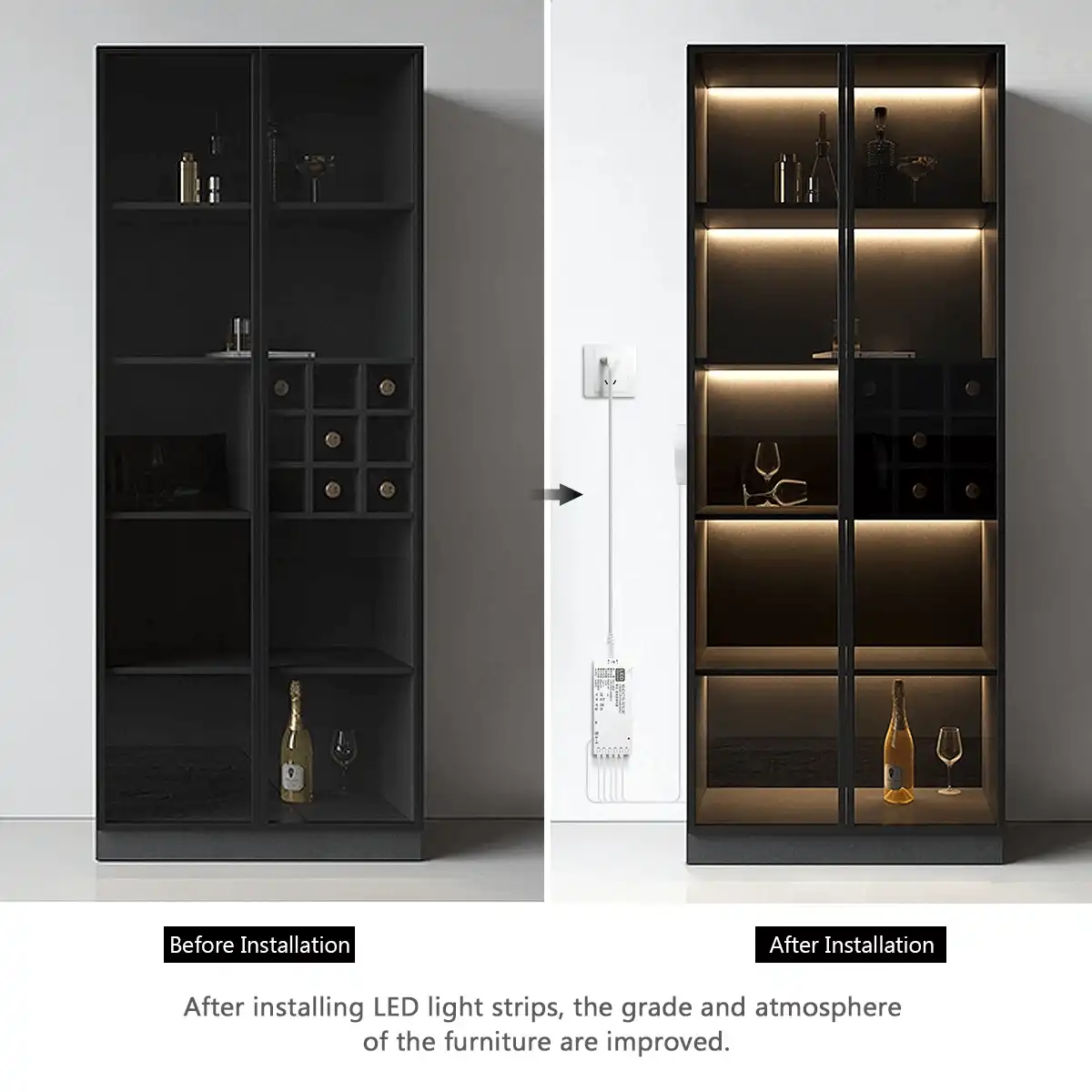
Conclusion
Cabinet lights can dramatically enhance the functionality and aesthetics of your space, and in many cases, they don't require an electrician for installation. With a wide range of DIY-friendly options available, from battery-operated to plug-in LED lights, illuminating your cabinets has never been easier. However, for more complex setups or hardwired systems, the expertise of a professional electrician can ensure safe and code-compliant installation. Whether you're looking to brighten up your kitchen workspace, showcase collectibles, or add ambient lighting to your living areas, there's a cabinet lighting solution to suit your needs. For more information about high-quality LED cabinet lights and other lighting solutions, don't hesitate to reach out to us at sales@uskyled.com.
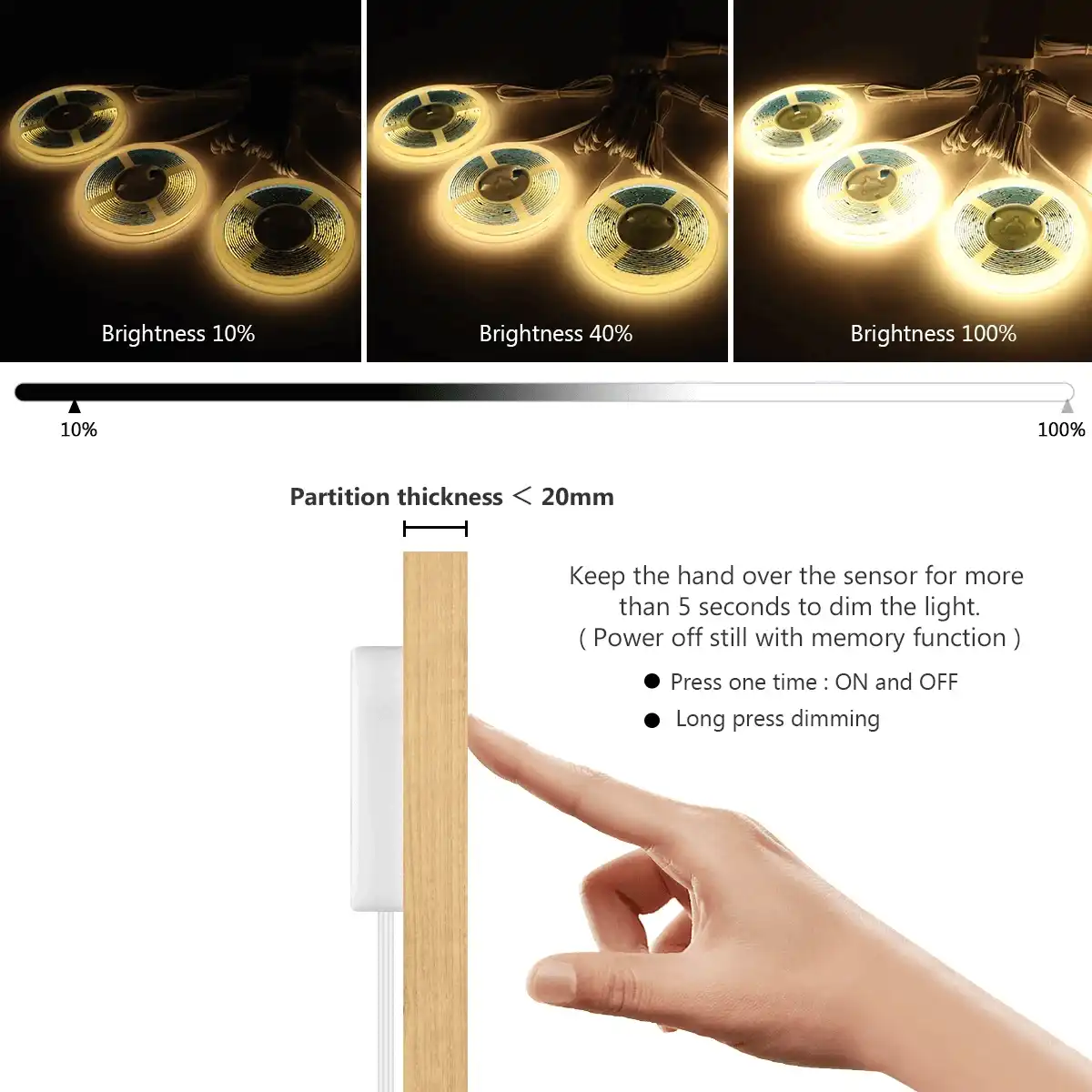

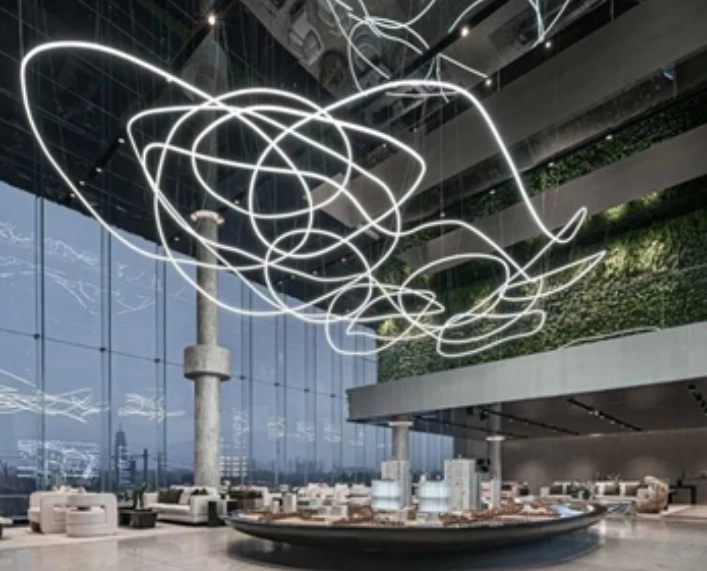
![What is Dimmable Track Lighting for Museum: Best Guide [2025]](/icms/upload/0d08cc601e7611f0b542b3ca0c0f4a83/pic/knowledgemanager-knowledgepic/e7879f32605f11f081911f363b8c1ed0/Directory/20250717 dimmable track lighting -1(1)_1752739217941.webp)
